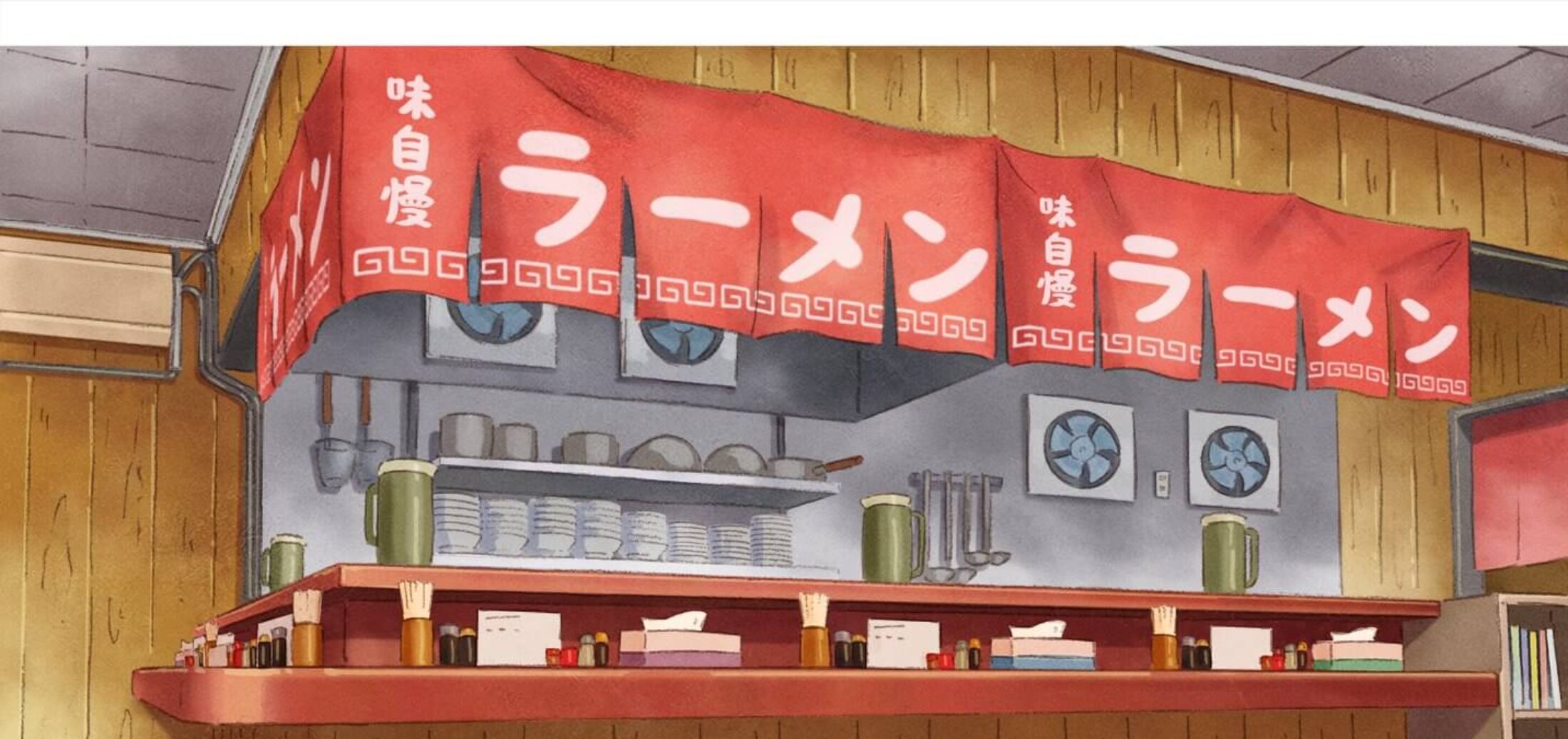The "Seabura Chatcha-kei" (Pork Back Fat Drizzled Style) ramen is a genre that holds a very significant position in the history of Tokyo ramen, with its origins tracing back to the 1970s in Tokyo.
The name "Chatcha-kei" (Chatcha style) originates from the motion of "chatcha-ing" (drizzling) the boiled and minced pork back fat over the soup using a mesh strainer.
1. The Origin: From Hopeken to Tosakko
The roots of the pork back fat ramen are broadly divided into two main lineages:
1. Hopeken (The Source of Pork Bone Soy Sauce Ramen with Back Fat)
- Establishment: "Hopeken" (particularly the one in Sendagaya), which started as a food stall in the 1960s, established the style of Pork Bone Soy Sauce Ramen in Tokyo.
- Characteristics: Even at this stage, the style involved floating back fat on a soup simmered from pork bones. However, it did not involve the generous drizzling of solid back fat seen in the later Chatcha-kei. Nevertheless, it is considered the foundational presence for Tokyo's back fat ramen genre.
2. Tosakko Ramen (The Establishment of the Chatcha Style)
- Explosive Popularity: From the late 1970s to the 1980s, "Tosakko Ramen" (Itabashi Ward), located along Tokyo's Kan-nana (Loop Seven) road, established the "Chatcha-kei" style of generously drizzling solid back fat, which gained immense popularity.
- Historical Context: Since Kan-nana was a route frequently used by trucks and taxis late into the night, the combination of late-night operation and the rich, satisfying flavor that keeps you full was enthusiastically supported by the working class. This boom was dubbed the "Kan-nana Ramen War", and Tosakko became the central player.
2. Development and Peak Period (Late 1980s – 1990s)
Following the success of Tosakko Ramen, the "Seabura Chatcha-kei" became a major boom, leading to the birth of many follower and spin-off shops.
- Ramen Kazuki:
- One of the shops following the Tosakko lineage, later recognized as one of the pioneers of the "Seabura Chatcha-kei."
- Ramen Benkei:
- Similarly gained popularity along Kan-nana. In response to customer requests for "more back fat," they perfected their "super-rich, oily" ramen, driving the boom forward.
During this period, the "Seabura Chatcha-kei" became synonymous with "Kotteri (Rich) Ramen" and established itself as an essential culture in Japanese ramen history.
3. The Modern Back Fat Style
While new genres such as "Seafood Tonkotsu" and "Iekei" emerged in the late 1990s, causing the number of Chatcha-kei shops to temporarily decrease, they continue to be cherished by devoted fans today.
Furthermore, there is a unique back fat culture, such as Tsubame-Sanjo Ramen in Niigata Prefecture, which is different from the Tokyo-originated Chatcha-kei, featuring back fat on a Niboshi (dried sardine) soup base.
🍜Representative Seabura Chatcha-kei Shops in West Tokyo
・Hope Ken Honpo Kichijoji Ten (closest to JR Chuo and Keio Inokashira Line Kichijyouji Station).
・Ninnikuya (closest to Seibu Kokubunji Line Hitotsubashi-Gakuen Station).
・Ramen Arashin (closest to JR Chuo and Nambu Line Tachikawa Station, Tama Monorail Line Tachikawa Minami Station).
